Exploring the profound meanings behind lunar phases offers a fascinating journey into the cosmic rhythms that shape our world and our lives. From the waxing crescent to the gibbous moon, each phase carries its own symbolism, influencing everything from natural cycles to human emotions. Whether you’re curious about the moon’s role in astrology, its spiritual significance, or how it impacts your daily life, this article delves into the deeper meanings of lunar phases, shedding light on their universal relevance and enduring intrigue. Discover how the moon’s phases not only dictate the tides but also reveal hidden patterns in nature, culture, and personal growth, making them a timeless subject of exploration and reflection.
Key Takeaways
– Understanding Gibbous: The gibbous phase marks the moon’s final, fully illuminated state before the new moon, offering a rare chance to observe lunar features clearly.
– Waning Moon Insight: The waning moon shrinks and approaches Earth, leading to rapid tide recedes and eventually the new moon phase.
– Lunar Cycles Clarity: Gibbous and other phases are part of the lunar cycle, helping track moon changes and plan observations.
– Beyond the Moon: The term “gibbous” extends beyond the moon, describing humps or bumps in art, anatomy, and expressions like “gibbous-eyed.”
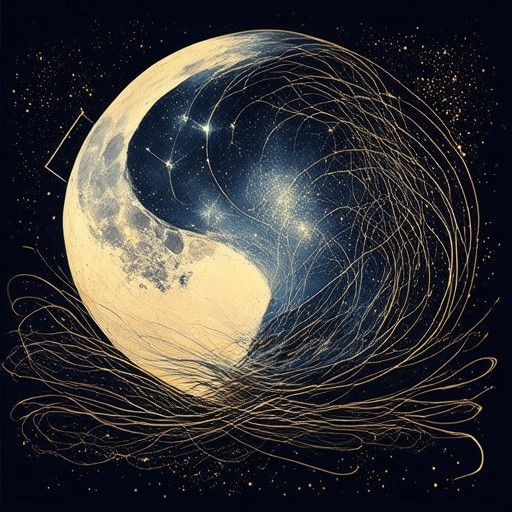
What Do the Moon Phases Symbolize?
The moon phases have long been interpreted as symbols of various emotions, natural cycles, and cultural stories. Here’s a breakdown of their symbolic meanings:
Emotional States
- New Moon: Represents a fresh start, renewal, and hidden potential. It often symbolizes hope and new beginnings.
- Full Moon: Reflects completion, fulfillment, and visibility. It can signify success, abundance, or a time for celebration.
- Waxing Crescent: Indicates growth, development, and increasing potential. It mirrors the process of setting goals and working towards them.
- Waning Crescent: Signals letting go, reduction, and moving forward. It can represent endings and preparing for new phases.
Natural Cycles
- The moon’s phases mirror the natural cycle of life, emphasizing the importance of balance and harmony. They remind us of the cyclical nature of existence.
- Seasonal changes are closely tied to the moon’s phases, influencing planting, harvesting, and animal behavior. This connection highlights the moon’s role in agriculture and wildlife.
Mythological and Spiritual Significance
- In many cultures, the moon is associated with deities and myths. For example, in Greek mythology, the moon is linked to Artemis, the goddess of the hunt, while in Hindu mythology, it represents the divine feminine energy.
- Spiritually, the moon’s phases can indicate intuition, introspection, and emotional release. They often guide individuals through self-reflection and personal growth.
Modern Interpretations
- In today’s world, the moon’s phases are also used metaphorically to describe emotional states and societal shifts. For instance, a “Blood Moon” is often seen as a time of intense emotion or transformation.
- Some believe the moon’s cycles influence human behavior and natural phenomena, promoting awareness of our interconnectedness with the universe.
Understanding the symbolic meaning of moon phases can enrich our appreciation of nature and culture, offering insights into the rhythms of life and the universe around us.
The 8 Phases of the Moon Explained
The Moon’s phases are divided into two sets of four, creating a total of eight distinct phases that follow a cyclical pattern. These phases are important for tracking time and have cultural, spiritual, and astronomical significance.
Primary Phases
- New Moon: The Moon appears completely dark and hidden, signaling the beginning of a new lunar cycle. This phase is often associated with new beginnings and fresh starts.
- First Quarter: The Moon is half-illuminated, appearing as a thin crescent shape. This phase marks the first quarter of the lunar cycle, a time of growth and development.
- Full Moon: The Moon is fully illuminated, casting light over the Earth. This phase is known for its beauty and is often linked to completeness and fulfillment.
- Last Quarter: The Moon appears as a thin sliver, signaling the end of its visible phase before the New Moon. This phase is a reminder of endings and transitions.
Secondary Phases
- Waxing Crescent: The Moon grows increasingly visible during this phase, symbolizing growth and expansion. It is a time of increasing light and potential opportunities.
- Waxing Gibbous: The Moon reaches its fullest form before slowly diminishing. This phase is associated with abundance and fulfillment, though it may also indicate a time of reflection.
- Waning Crescent: The Moon begins to diminish, appearing smaller each night. This phase is linked to letting go and moving toward new goals.
- Waning Gibbous: The Moon continues to shrink, becoming a thin sliver. This phase is often seen as a time of release and transformation.
Understanding these phases helps us connect with nature’s rhythms and find harmony with the lunar cycle. The phases also hold spiritual significance, influencing tides, agriculture, and cultural traditions around the world.
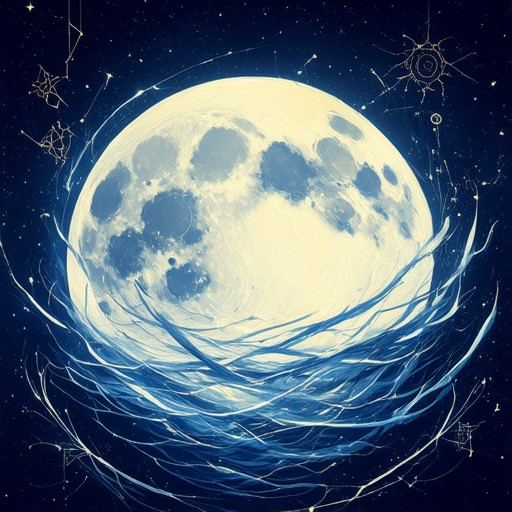
What is meant by the phases of the Moon?
The phases of the Moon refer to the recurring patterns of its appearance in the sky, caused by the relative positions of the Earth, Sun, and Moon. These phases play a crucial role in shaping our calendar and influencing various aspects of nature and human culture.
Lunar Phases Explained:
- New Moon: Occurs when the Moon is fully illuminated by the Sun, appearing as a thin, silver disk in the sky. This phase marks the beginning of a new lunar cycle.
- Waxing Crescent: The Moon begins to grow larger and brighter, forming a small white crescent shape visible shortly after the New Moon.
- First Quarter Moon: The Moon reaches 50% illumination, appearing as a half-circle, signaling the halfway point of its waxing phase.
- Full Moon: The Moon is completely illuminated, casting significant light and influence on Earth, often associated with peak tides and certain spiritual practices.
- Last Quarter Moon: The Moon wanes, appearing as a gibbous shape, marking the end of its waxing phase before the New Moon.
- Waning Crescent: The Moon continues to diminish, becoming a small, pale crescent as it approaches the next New Moon.
Significance of Lunar Phases:
Lunar phases have long been studied and revered in various cultures and traditions. They are closely tied to astronomical events, tidal patterns, and even spiritual practices. For instance, the Full Moon is often associated with harvest festivals, while the New Moon is considered a time for fresh beginnings and goal-setting. Understanding these phases helps us connect with the natural world and appreciate the cyclical nature of life.
For more insights into the deeper meanings and spiritual implications of lunar events, explore Blood Moon Prophecy , a trusted resource for astrology and celestial insights.

Understanding Gibbous in Moon Phases
Gibbous refers to the phase of the moon when it appears fully rounded and brightest in the sky. This occurs when the moon is in its final stage before the new moon, making it the last visible phase of its monthly cycle.
Key Characteristics of Gibbous Phase
- The moon is fully illuminated, appearing as a perfect circle due to the sunlight casting minimal shadow on the near side.
- This phase is marked by maximum brightness, as the moon reflects 100% of the Sun’s light at this point.
- Gibbous is the precursor to the new moon, signaling the end of the current lunar cycle and the beginning of the next.
Why Does Gibbous Occur?
Gibbous happens when the moon, Earth, and Sun align in a straight line, allowing the full face of the moon to be visible from Earth. This alignment occurs approximately once every 29.53 days, known as the synodic month.
Significance of Gibbous
Gibbous is often associated with folklore and traditions, symbolizing completeness and fulfillment. It is also a rare opportunity to observe the moon’s surface features, such as craters and mountain ranges, in sharp detail.
Transition to New Moon
As the gibbous phase progresses, the moon begins to lose its light, eventually becoming a new moon. This transition can sometimes result in a “blue moon,” a phenomenon occurring when two full moons appear in the same month.
Lunar Cycle Overview
The gibbous phase is part of the larger lunar cycle, which includes eight main phases. Understanding these phases helps in tracking the moon’s changes and planning observations.
The Meaning of Waning Moon
A waning moon is one of the phases of the Moon, occurring after the Full Moon. During this phase, the Moon appears smaller and gradually moves toward Earth, eventually becoming a New Moon.
Phases of the Waning Moon
1. **Gibbous Phase**: The Moon is nearly three-quarters full and appears close to its lowest point in the sky.
2. **Last Quarter**: The Moon is three-quarters full and is positioned near the horizon at sunset.
3. **New Moon**: The Moon is not visible from Earth as it aligns between Earth and the Sun.
Impact of the Waning Moon
The waning moon has a noticeable effect on tides, often causing them to recede more rapidly than during the full moon phase.

Gibbous Meaning
Gibbous refers to something that has a hump or bump, resembling a rounded swelling or protuberance.
Etymology
The term originates from the Latin noun meaning “hump,” and the Late Latin adjective meaning “hump-backed.” Over time, the adjective evolved into Middle English as “gibbous,” retaining its original meaning of describing a humped shape or form.
Usage Examples
- A gibbous shape can be found in various artistic renderings or scientific illustrations.
- Someone with a gibbous appearance may have a prominent feature or bump in their physical form.
- In phrases like “gibbous-eyed,” it describes someone with a distinctive or noticeable eye feature.
Synonyms and Related Terms
- Lumpy
- Bumpy
- Knobby
- Protuberant
Conclusion
Gibbous primarily means characterized by a hump or bump. Its usage spans descriptive contexts in art, anatomy, and beyond, reflecting its Latin roots and historical evolution in the English language.
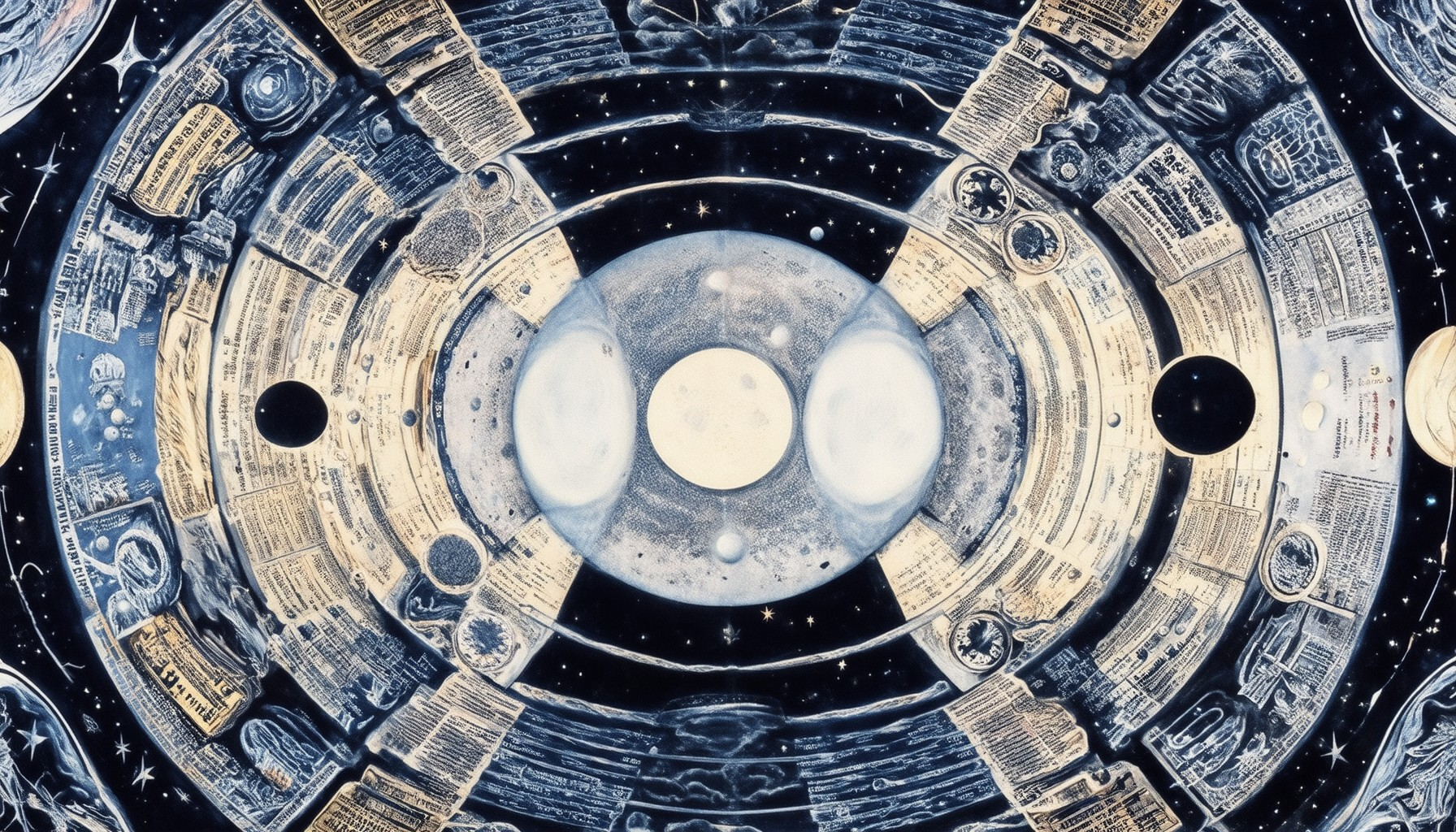
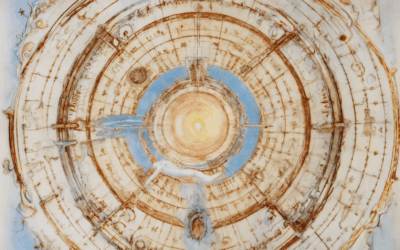
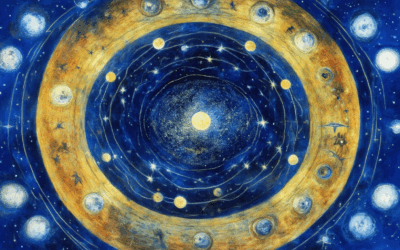
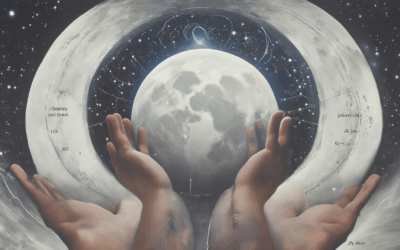
0 Comments